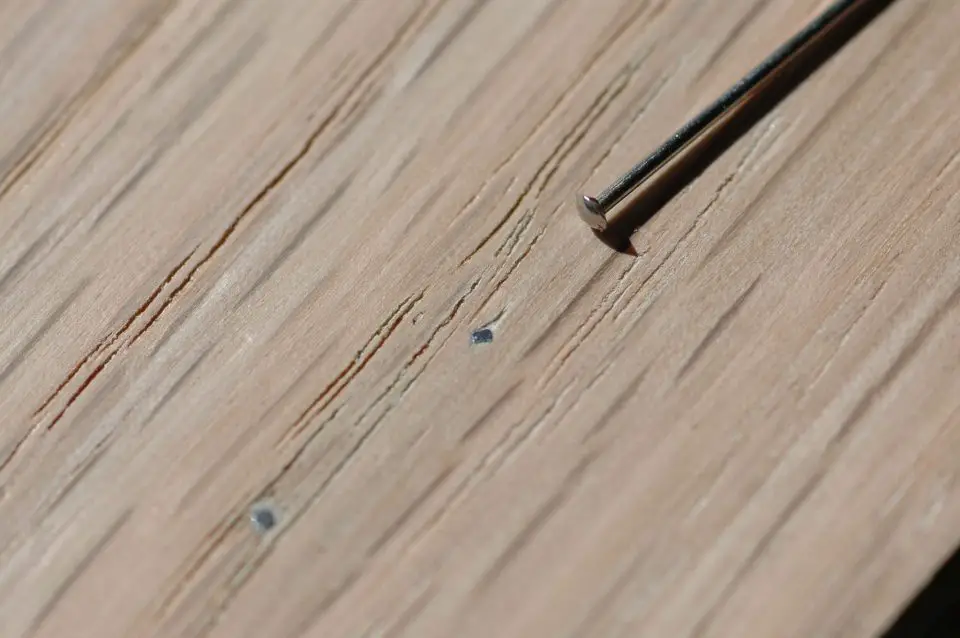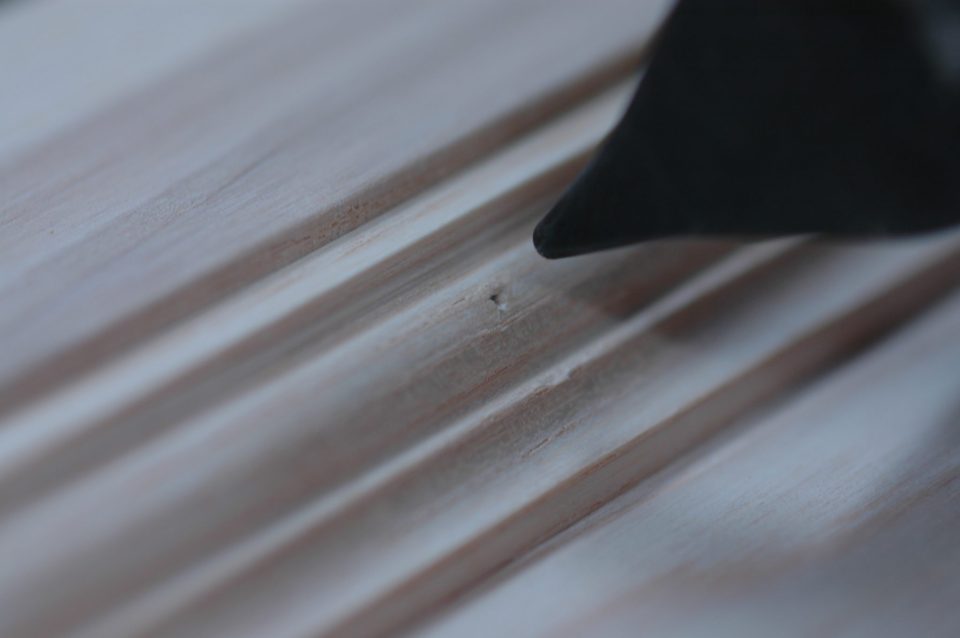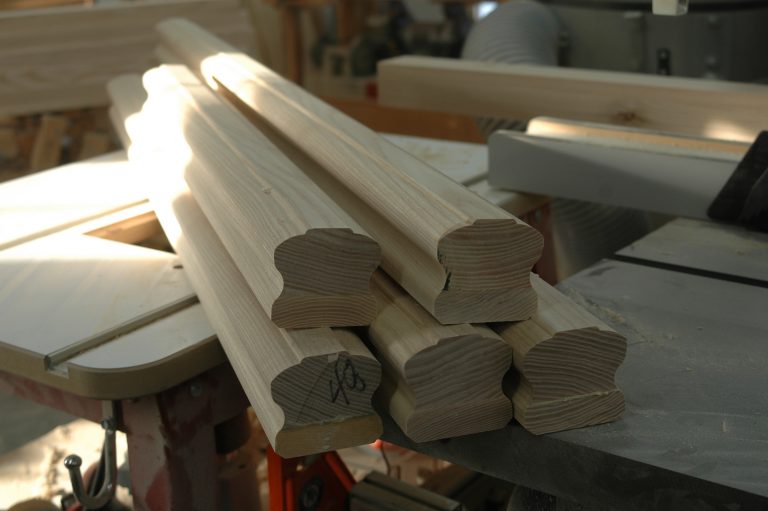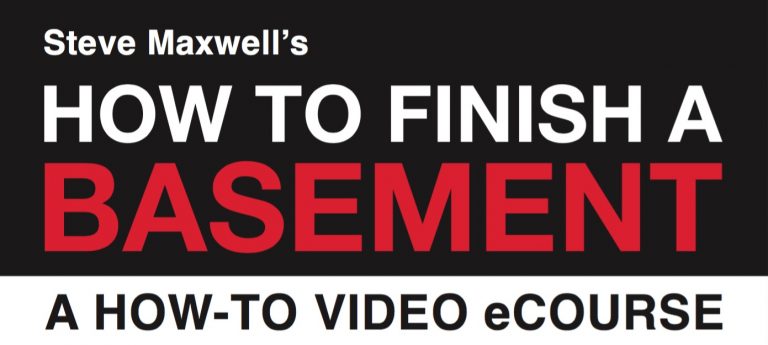- Video Watch Time = 9 minutes
Instant and virtually invisible wood joints – this is what 23-gauge pin nailers deliver. They’re not quite mainstream yet, but they’re getting there. Just last week I met a professional carpenter who had never heard of them. These small, quiet, up-and-coming air tools offer an advantage for hobbyists, homeowners, professionals and anyone interested in joining small pieces of wood. They won’t take the place of traditional finishing nailers, but they do offer something that no other air nailer can accomplish. I made the video above more than 10 years ago, but it’s just as relevant today.

Pin nailers get their name from the small, headless, 23-gauge fasteners they shoot. About the same diameter as a sewing needle, these pins are so tiny that they join wood almost invisibly. Place the tip of the tool onto the wood surface, pull the trigger, then listen for the small “thunk”. That’s the sound of a pin driven home. Some models are even capable of driving 2-inch long pins into wood as hard as oak or maple. On the surface all you see is a small spot that’s virtually impossible to notice after finishing.
I use my pin nailer most often as an instant clamp aide. Although the strength of pins alone isn’t huge, they are ideal for holding wooden parts together while glue dries. Small pieces of trim or wooden model parts that are difficult to clamp because of their shape are easy to hold tight with a judiciously applied pin or two. But even when you can get clamps onto project parts, pins can still help. Here’s how . . .

Whenever you’re gluing pieces of wood together – especially large pieces of wood with lots of surface area – it’s almost certain that parts will slide out of alignment with each other under clamping pressure. Glue is slippery and clamps only make matters worse unless there’s something to hold the joint in alignment. That’s where pins come in.
Shoot one pin into each end of the assembled joint to preserve critical alignment, then apply clamping pressure. Those parts aren’t sliding anywhere now, and you don’t have to endure visible nail holes to make it happen.
Pin nailers are safe and easy to like, but there is something you need to be mindful of when using them. Unlike larger air tools that drive finishing nails or framing nails, the tip of a pin nailer doesn’t need to be pressed against the wood before firing. If you pull the two-stage trigger with the tool tip in the air, it will launch a pin airborne. You certainly couldn’t rob a bank with this thing, but you don’t want little pieces of metal flying around your workspace either, even if they do fall to the ground in five or six feet.

I’ve tested most current pin nailers on the market, and although many worked quite well, there’s a huge difference in prices and quality. My current favourite model is the GREX P650L. It shoots 2” long pins (a real advantage when installing trim) and has an auto lock-out feature to prevent dry firing.
A pin nailer probably isn’t the first air nailer you should buy, but it may be the most useful second one after you own a 16- or 18-gauge finishing nailer. This is especially true if you’re one of the many ambitious homeowners who’ve now got compressed air at fingertips and an appreciation of why air tool technology is fast becoming mainstream.












